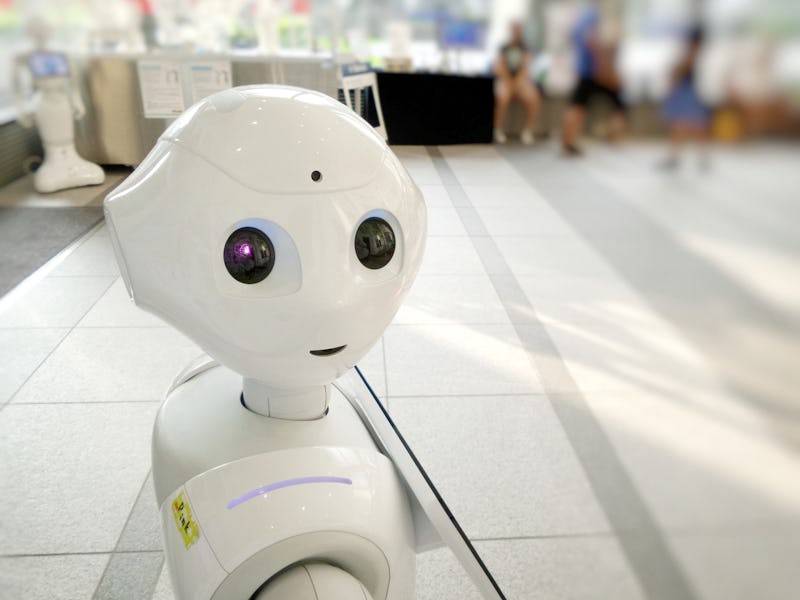Did Robots Help Trump Get Elected? Yes, but Not the Way You Think

Robots are still relatively early in their political career and yet they may already be playing an under-appreciated role in influencing human elections. By making ripples in the labor market, for example, some economists have even argued that the concentration of robots alone may have helped tip the 2016 election.
The most compelling argument that POTUS owes a hat-tip to the machines comes from a paper published in March by a group of researchers at the University of Oxford. They compared election returns with the rate of adoption of robots in local labor markets, and, based on the correlation they found, argue that Pennsylvania, Michigan, and Wisconsin would have all tilted for Hillary Clinton had the adoption of robots in those states happened slower.
Their assessment was mirrored in a 2017 paper by economists which, while it didn’t specifically take up the 2016 election, focused on the question of whether robots lead to job displacement and wage suppression (people tend to like the party in power when they’re getting steady raises). That paper, Robots and Jobs: Evidence from US Labor Markets estimates that every robot per 1,000 workers reduces wages by about 0.25-0.5 percent.
Take a look at the map they produced for the study, though, and you’ll really see why people have been quick to establish a link between robotics and Trump’s victory. The biggest ocean of red, which indicates the highest concentration of robots, overlaps with the many of the states that helped give the president his surprise victory, including Wisconsin, large swaths of Pennsylvania, and Ohio.
Do robots influence elections? Particularly in the Midwest, some economists have argued that there's enough evidence to establish a link.
Did Robots Really Elect Trump?
It may be a little more complicated than a question of whether robots handed the President the election. When Brian Alexander, author of Glass House: The 1% Economy and the Shattering of the All-American Town looked into the question in an article for MIT Technological Review, he noted that the most roboticized county in the country — likely Toledo, in Ohio, per the report — actually tilted for Clinton in 2018, which obviously complicates the thesis that robots alone swayed the election.
But that doesn’t mean they aren’t playing a part, either, particularly in the heavily industrialized midwest where technological change presents a greater existential challenge to people’s vocations and their sense of identity. As Alexander writes:
What makes the story in places like Toledo and the region around it hard for many politicians and even economists to understand is that the anxiety goes well beyond automation and the number of jobs. For many people, your job defines your life. The disruptions caused by robots and other technologies are deeply affecting the communities involved. These technological forces have joined many others—some cultural, some political—to create a generalized anguish that much is being lost. People have come to believe that they, their jobs, their communities, and the social contract that binds them to work and place and each other are under threat. And they’re not wrong.
It doesn’t necessarily have to be this way. Matched with robust job training, cheaper education, stronger labor protections, and a better safety net, automation likely still has the potential to create jobs in the long run. The less time we as a society have to spend on busy work, the more time we can use to pursue more potentially significant projects.
The World Economic Forum, for example, recently took up this question and estimates that while automation will complete roughly half of human tasks by the year 2022, those next four years are likely to create a net positive of jobs by a margin of around 58 million, which isn’t bad. But if policy makers can’t figure out how to make sure that enough of those jobs are created in the right places, robots could very well continue to have an ugly impact on future elections.